How to serve
Su Filindeu
How to serve
Su Filindeu
Sheep farming has been an important economic activity in Sardinia for thousands of years, so both lamb and mutton have a starring role in many Sardinian dishes.
The Pasta Project
Su filindeu is traditionally served in a mutton broth with fresh Pecorino cheese
While some chefs put their own spin on the classic recipe, serve your su filindeu in mutton broth for total authenticity.

While a handful of chefs have put a refined, Michelin-style spin on the traditional way of serving su filindeu, it remains a quintessentially rustic dish that is at the whim of the cook and what ingredients are bountiful at the time of serving.
Delicate palates may find mutton broth uncomfortably gamey. The meat from a mature sheep (defined as being over one year old) has a higher fat content than lamb and this converts into a rich, intense earthy flavour.
Being a proudly unsophisticated dish, most Sardinian cooks tend to add all the broth ingredients whole or at least very roughly chopped. This is not done out of laziness, but out of the fact that none of these ingredients will be going to waste. After the broth has been made and the filindeu eaten, the meat and vegetables used to make the broth will typically be served as a follow-on course alongside some roasted sweet Italian peppers known as friggitelli.
If you’re after a more restaurant-style dish, you could clarify and season your broth (turning it into a consommé) and serve the soup with some shredded, slow-cook lamb shank, turning it into more of a standalone main course.
Su filindeu is always served in a mutton broth with fresh Pecorino cheese
While some chefs put their own spin on the classic recipe, serve your su filindeu in mutton broth for total authenticity.

While a handful of chefs have put a refined, Michelin-style spin on the traditional way of serving su filindeu, it remains a quintessentially rustic dish that is at the whim of the cook and what ingredients are bountiful at the time of serving.
Delicate palates may find mutton broth uncomfortably gamey. The meat from a mature sheep (defined as being over one year old) has a higher fat content than lamb and this converts into a rich, intense earthy flavour.
Being a proudly rustic dish, most Sardinian cooks tend to add all the ingredients whole or at least very roughly chopped. This is not done out of laziness, but out of the fact that none of these ingredients will be going to waste. After the broth has been made and the filindeu eaten, the meat and vegetables used to make the broth will typically be served as a follow-on course alongside some roasted sweet Italian peppers known as friggitelli.
If you’re after a more restaurant-style dish, you could clarify and season your broth (turning it into a consommé) and serve the soup with some shredded, slow-cook lamb shank, turning it into more of a standalone main course.
Sardinia is home to approximately 3.2 million sheep, accounting for nearly half of Italy’s total sheep population.
Reuters
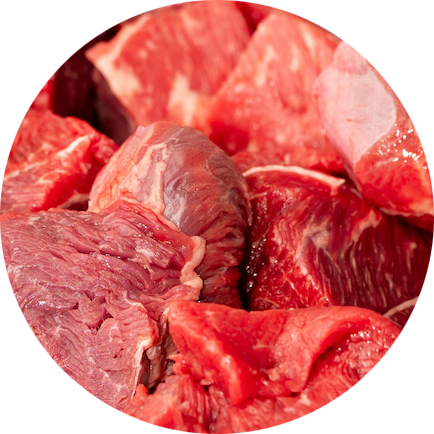
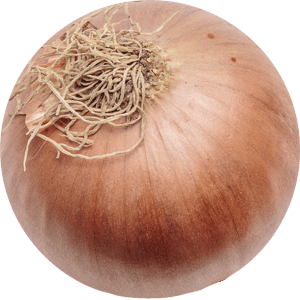



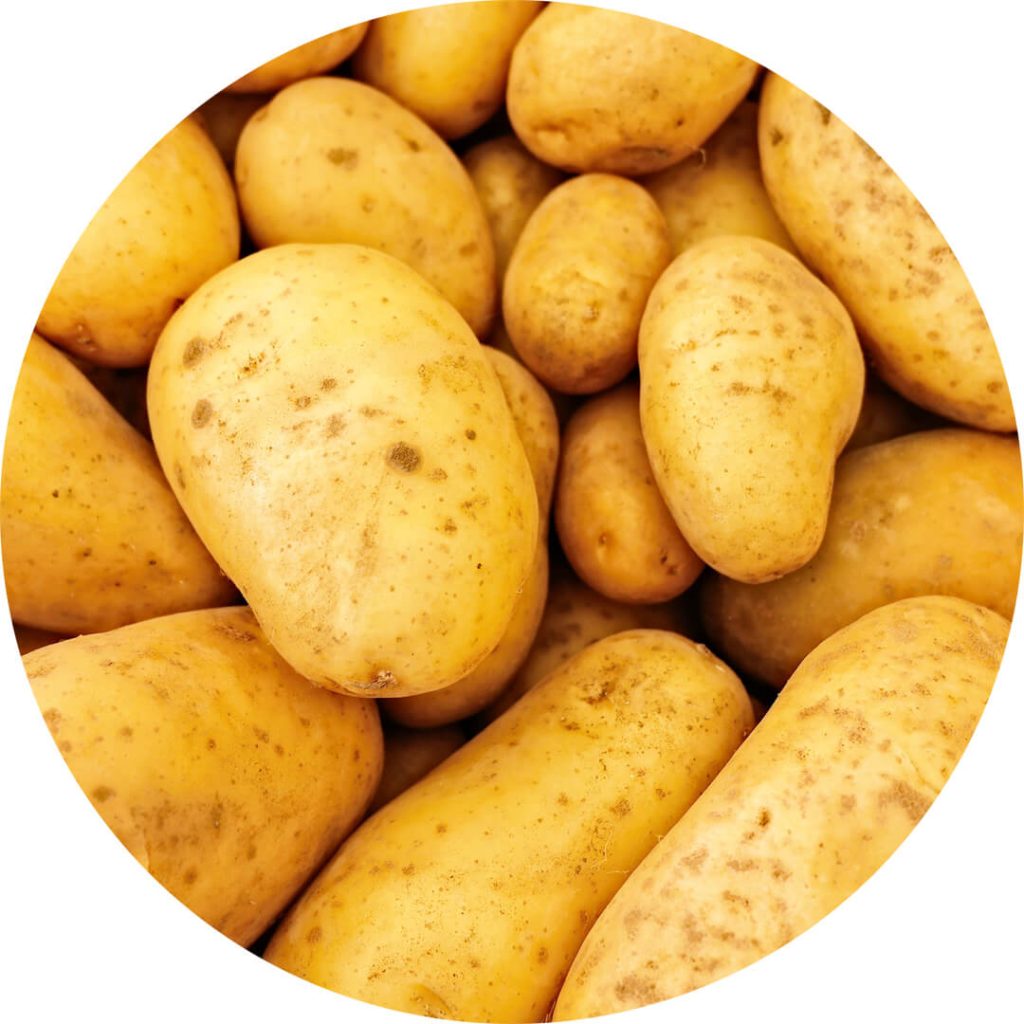
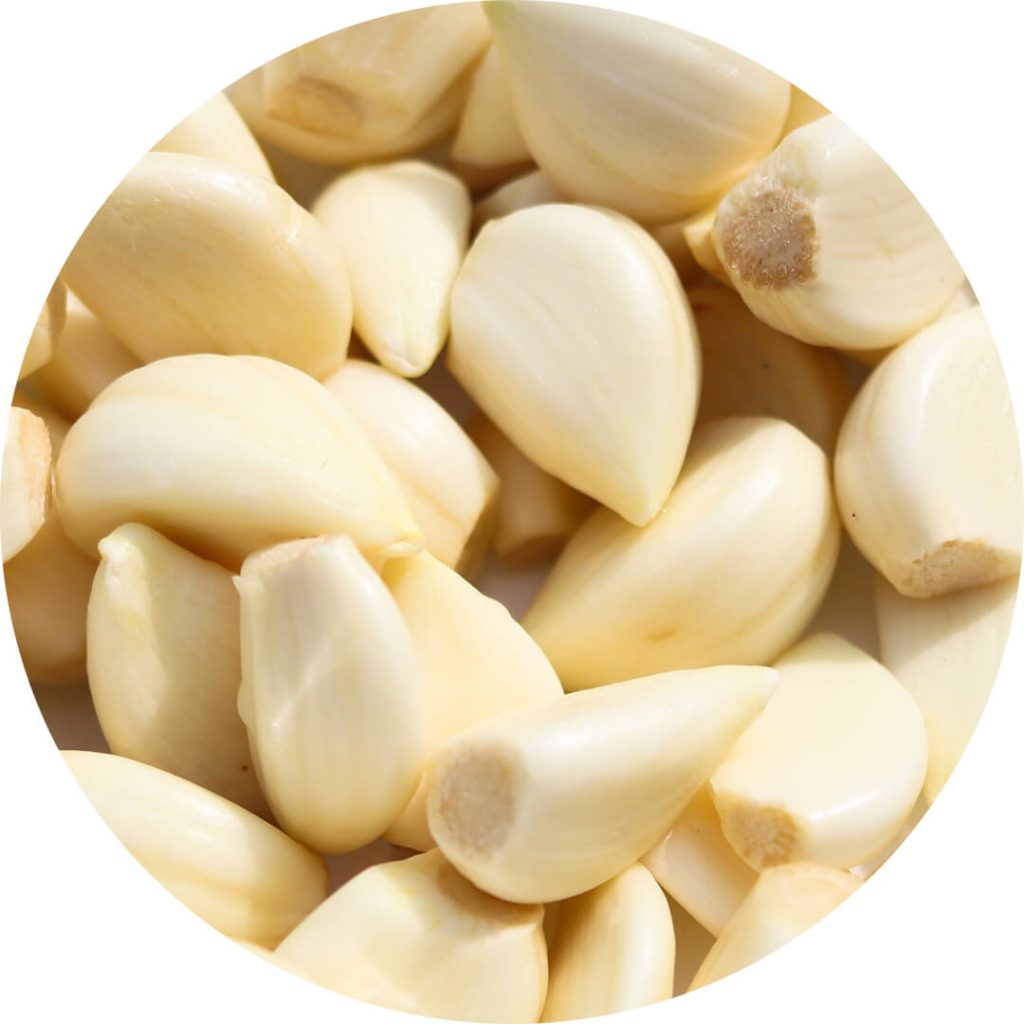
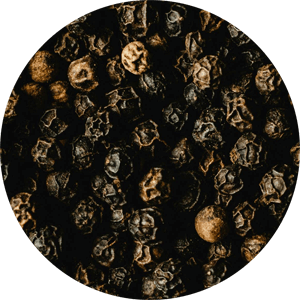
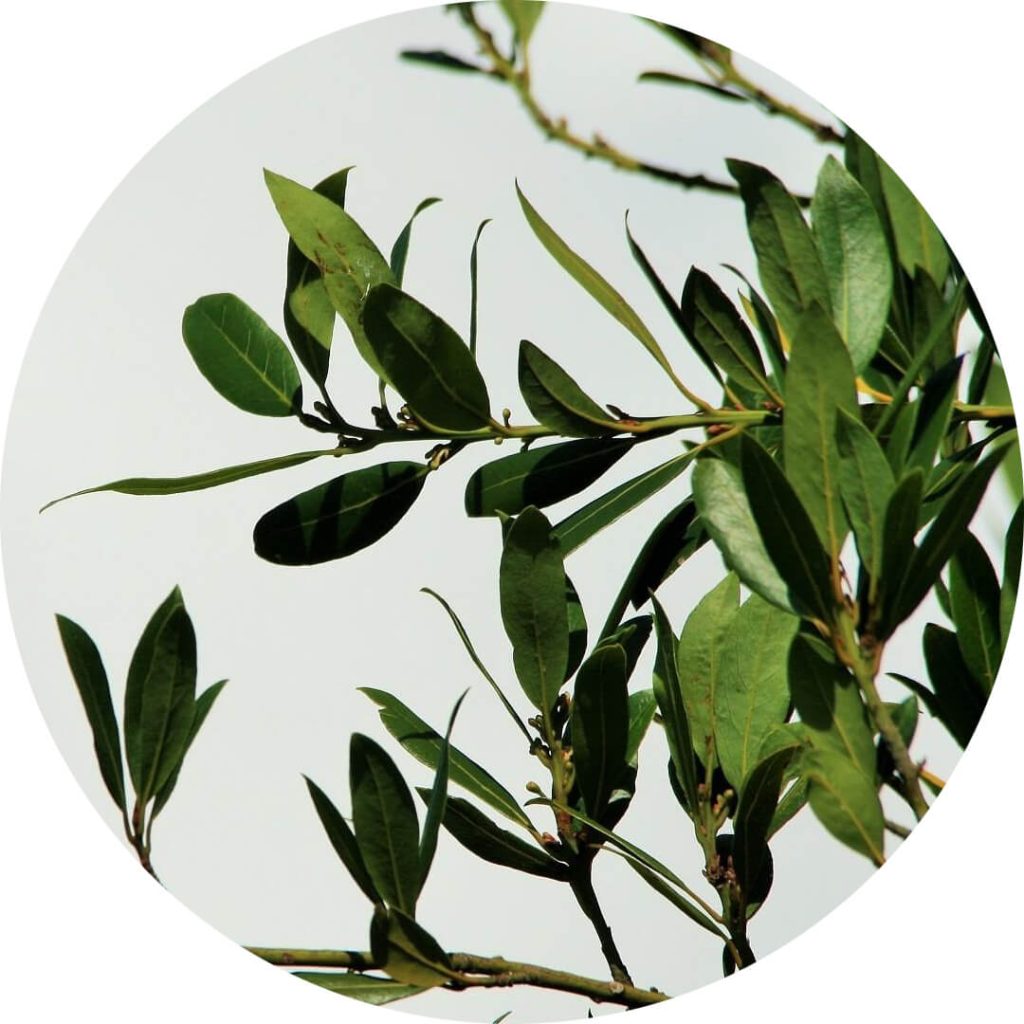


Mutton Broth Ingredients
INGREDIENT
Diced mutton
Onion
Carrots
Celery
Tomatoes
Potatoes
Garlic
Peppercorns
Bay leaves
Parsley
QUANTITY
1kg
1
2
2 ribs
3
3
1 bulb
12
3
1 bunch

INGREDIENT
Diced mutton
Onion
Carrots
Celery
Tomatoes
Potatoes
Garlic
Peppercorns
Bay leaves
Parsley
QUANTITY
1kg
1
2
2 ribs
3
3
1 bulb
12
3
1 bunch
INGREDIENT
Diced mutton
Onion
Carrots
Celery
Tomatoes
Potatoes
Garlic
Peppercorns
Bay leaves
Parsley
QUANTITY
1kg
1
2
2 ribs
3
3
1 bulb
12
3
1 bunch
In Sardinia, braised mutton is a regular item on restaurant menus. It has more depth of flavour and is more unctuous than lamb.
Stefan’s Gourmet Blog
How to make mutton broth

Blanch the mutton in boiling water for two minutes before draining and rinsing under cold running water. Not only does this remove impurities but it reduces the meat’s gaminess and results in a cleaner, clearer broth.
Finely chop all the vegetables for maximum flavour extraction, or leave them chunky if you want to eat them as part of a second course.
Put everything except the potatoes in a large saucepan and cover with at least one inch of cold water.
Bring the saucepan to a rolling boil before dropping the heat to a gentle simmer. Leave the pan to simmer gently for two hours, skimming off any impurities as they rise to the surface.
Add the potatoes and simmer for further 30 minutes.
Pass the broth through a fine-mesh sieve or chinois if you want to remove all solids, or leave little scraps of meat in the broth for a more rustic presentation.
Pecorino cheese owes its origins to Sardinian shepherds who migrated to mainland Italy.
How to make fresh Pecorino
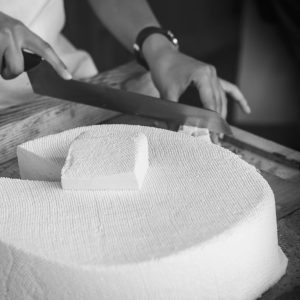
Finding fresh Pecorino outside of Italy is tricky, so you have two options:
• Make it yourself
• Substitute it with another sheeps’ cheese such as feta or ricotta.
Luckily it’s very simple to make; the only hard part will be sourcing the milk. You will need:
Ingredients
• 1l raw sheeps’ milk
• 1g powdered lamb rennet
Method
Gently heat the milk to 42°C while stirring regularly.
Dissolve the rennet in 10g of filtered cold water and add to the milk. Stir well and leave it undisturbed for 1 hour to allow curds to form.
Scoop the curds into a cheesecloth-lined colander and apply gentle pressure to drain. Generously season the cheese (optional) and eat immediately.
The leftover whey can be used to make ricotta.
What I love about this dish, after all the time and care we put in to make it, in the end it’s a very humble, simple dish, and that’s almost what is so special about it.
Leo Gelsomino (Lello Pasta Bar)
How to serve su filindeu the traditional way.

Bring your mutton broth to a steady boil, break the pasta into pieces around the size of a playing card and add to the pan.
Once the pasta has been simmering for about one minute, add a generous handful of fresh, die-size cubes of fresh Pecorino cheese.
Continue to cook the su filindeu for another minute until the cheese pieces start to melt.
Check to see is the pasta is perfectly al dente and serve immediately with a generous glass of good quality Sardinian red wine such as Cannonau di Sardegna.
Dishes with an intense flavour and intoxicating fragrances gives shape to the paradise Sardinia is.
Cagliari Magazine
A modern way to serve su filindeu.
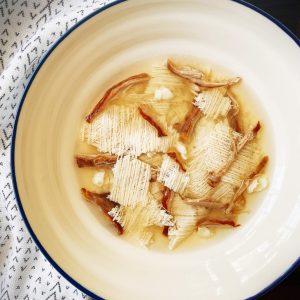
The traditional, rustic approach is steeped in folklore and perfectly suited to the occasion, but for our eyes the resulting dish is not exactly the most beautiful bowl of food to look at.
Despite our fear of upsetting traditionalists, we’ve developed a slightly more refined way of serving this legendary pasta.
We prefer to use lamb over mutton and, although undeniably wasteful, prefer to use only mutton meat and not the bones. This gives the broth a much cleaner taste and a lighter colour. It also ensures the broth doesn’t taste too gamey which some people find overwhelming.
We find that chunks of meat and vegetables that have been simmering for hours become dry, chalky and just not that appetising. We therefore make our broth with no intention of eating the ingredients. The upside to this approach is that we can chop the meat and vegetables into tiny, pea-size chunks which allows us to extract so much more flavour than you can get from pieces that have be added whole.
Once our broth is made, we then like to clarify it using egg whites and season it to make a consommé. Because lamb meat doesn’t boast the same amount of gelatine as the bones, we add a little gelatine powder which provides a wonderfully decadent mouthfeel.
Pasta releases starch as it cooks, which in most scenarios is a good thing because it helps to emulsify sauces. In this context however, because we now have a crystal clear broth we want to keep it that way so that we can see our su filindeu in its full, unadulterated glory.
We do this by warming the broth in its own pan and cooking the pasta in a pan of lightly salted water.
When the pasta is cooked to our liking, we combine it with chunks of Manchego and little shreds of slow cooked lamb neck.
